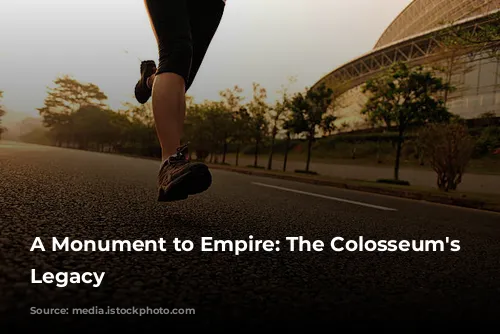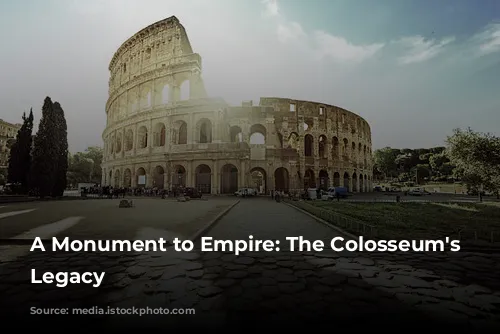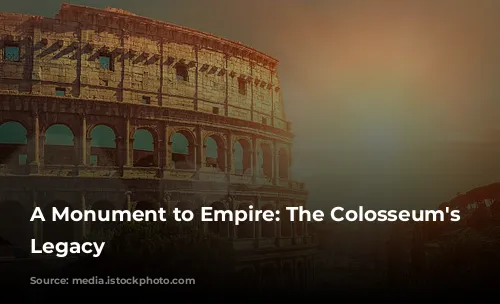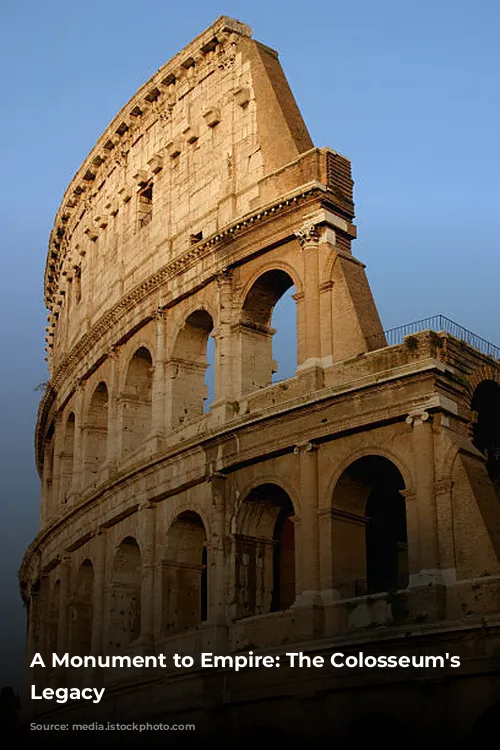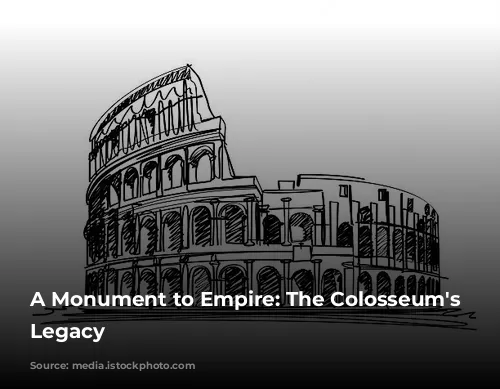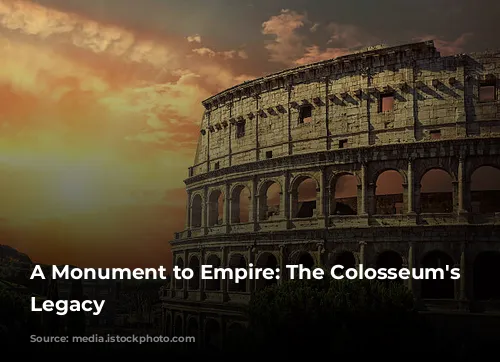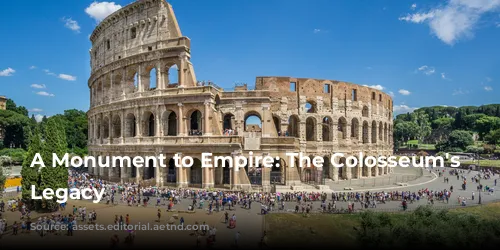Standing tall as one of the most awe-inspiring architectural feats of the ancient world, the Colosseum, also known as the Flavian Amphitheater, continues to captivate imaginations centuries later. While most remember it as a stage for brutal gladiatorial contests and wild animal spectacles, the Colosseum stands as a powerful testament to the Flavian Dynasty, a pivotal era in Roman history.
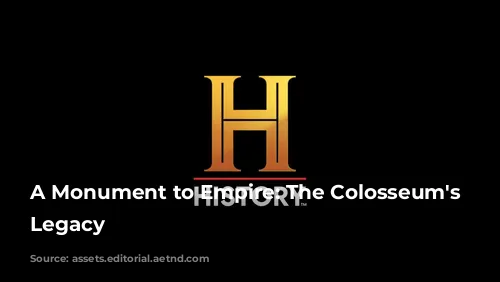
A Symbol of Resurgence
In the wake of devastating fires, plagues, and civil wars, Rome was in dire need of a revival. The Flavian Dynasty, led by Emperor Vespasian and his sons, Titus and Domitian, undertook a massive reconstruction project, restoring the city to its former glory.
Their most ambitious undertaking was the Colosseum. Built in the heart of Rome, it was funded by the spoils of war, specifically from the conquest of Jerusalem during the First Jewish-Roman War. Dedicated ten years after construction began, the Colosseum became a potent symbol of Rome’s resurgence and the Flavian Dynasty’s triumphant return to power.
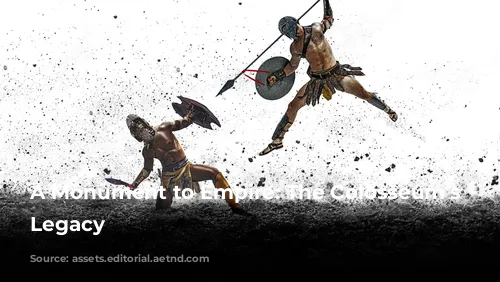
A Masterpiece of Engineering and Architecture
Beyond its political significance, the Colosseum was a marvel of engineering and architectural ingenuity. The largest and most complex permanent amphitheater in the ancient world, it was built primarily from concrete, travertine, marble, stone, and timber. Reaching a towering height of 157 feet, roughly the height of a 15-story building, it could accommodate an estimated 50,000 to 80,000 spectators.
The Colosseum’s construction was part of a larger plan to erase the legacy of Emperor Nero and establish the Flavian Dynasty’s dominance. They built the arena on the site of Nero’s estate, Domus Aurea, known for its artificial lake and a towering statue of Nero himself, the Colossus of Nero. The Colosseum’s name, derived from its proximity to the Colossus, was a symbolic erasure of the previous emperor.
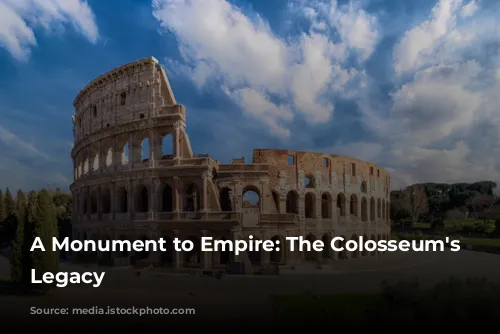
A Reflection of Roman Society
The Colosseum wasn’t merely an arena for entertainment; it was a microcosm of Roman society, reflecting its rigid social hierarchy. The best seats, those closest to the action, were reserved for the Emperor and the elite senators. Behind them, the Equestrian Order, a social class of merchants, artisans, and bureaucrats, occupied the next tier. The remaining 95% of Rome’s population, women, foreigners, and the poor and enslaved, occupied the less desirable upper sections.
The Colosseum’s design reinforced this social order. Four entrances were designated for the elite, while 76 were reserved for the common people. Corridors separated social groups, preventing spectators from mingling freely. However, despite this hierarchical seating arrangement, the elliptical design of the Colosseum ensured that every spectator had a clear view of the arena.
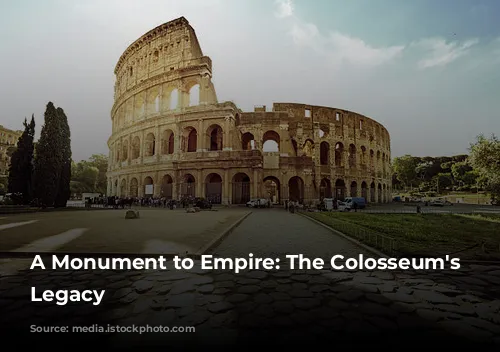
A Legacy of Innovation
The Colosseum’s architectural brilliance was evident in its innovative use of materials and engineering. While most amphitheaters of the era were temporary structures made of wood, the Colosseum was a permanent monument built with the revolutionary use of concrete, a material that allowed for a robust and enduring structure. The Colosseum’s solid concrete foundation, built on the unstable soil near the Tiber River, ensured its survival for centuries.
The Colosseum’s innovative features extended beyond its construction. It boasted a sophisticated drainage system to handle the water used in mock sea battles. A retractable awning protected spectators from rain and scorching heat, operated by a team of skilled sailors. An elaborate network of chambers and tunnels beneath the arena floor, known as the hypogeum, housed props, scenery, and participants when not in action. And the amphitheater’s ingenious system of trap doors, pulleys, and lifts enabled spectacular entrances for performers, even allowing for the seemingly impossible appearance of elephants.
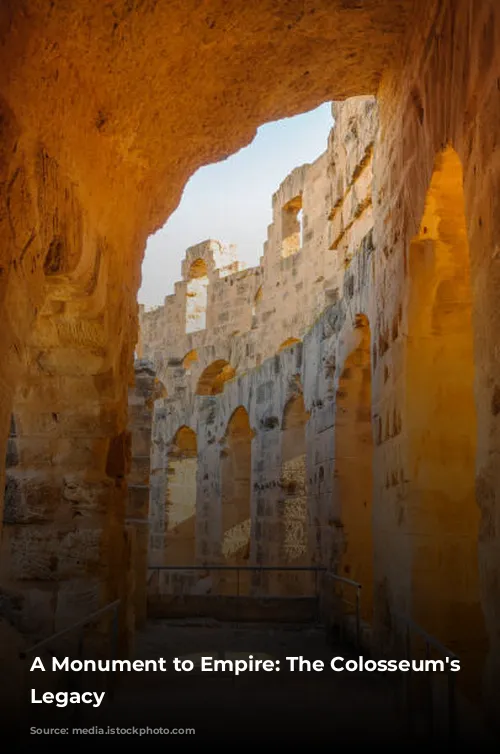
A Controversial History: Financing and Labor
While the exact cost of building the Colosseum remains unknown, scholars believe it was partially financed by the spoils of war, particularly the plunder taken from the Jerusalem Temple during the First Roman-Jewish War. An inscription on the Colosseum reads, “The Emperor Titus Caesar Vespasian Augustus ordered the new amphitheater to be made from the (proceeds from the sale of the) booty.”
The labor force that constructed the Colosseum has long been the subject of debate. The conventional wisdom for generations was that 100,000 Jewish slaves captured during the Siege of Jerusalem were forced to build the arena. While the idea that Jewish captives were forced to build the arena funded by the destruction of their temple is shocking, historians have found no ancient evidence to support this claim. While slaves undoubtedly played a crucial role in the construction, their specific origins remain unknown.
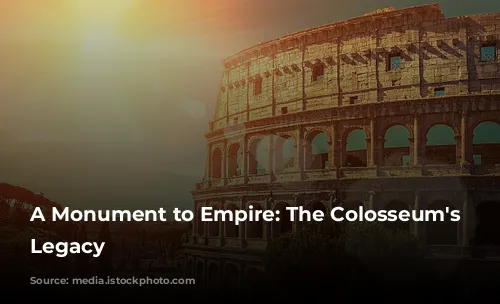
An Enduring Legacy
The Colosseum’s influence extends far beyond the boundaries of ancient Rome. It is the progenitor of modern outdoor sports stadiums, influencing design elements such as arches for support, the elliptical shape, and the organizational system for crowd control. The Colosseum stands as a testament to the ingenuity and power of the Roman Empire, a symbol of its grandeur and its lasting impact on the world.
